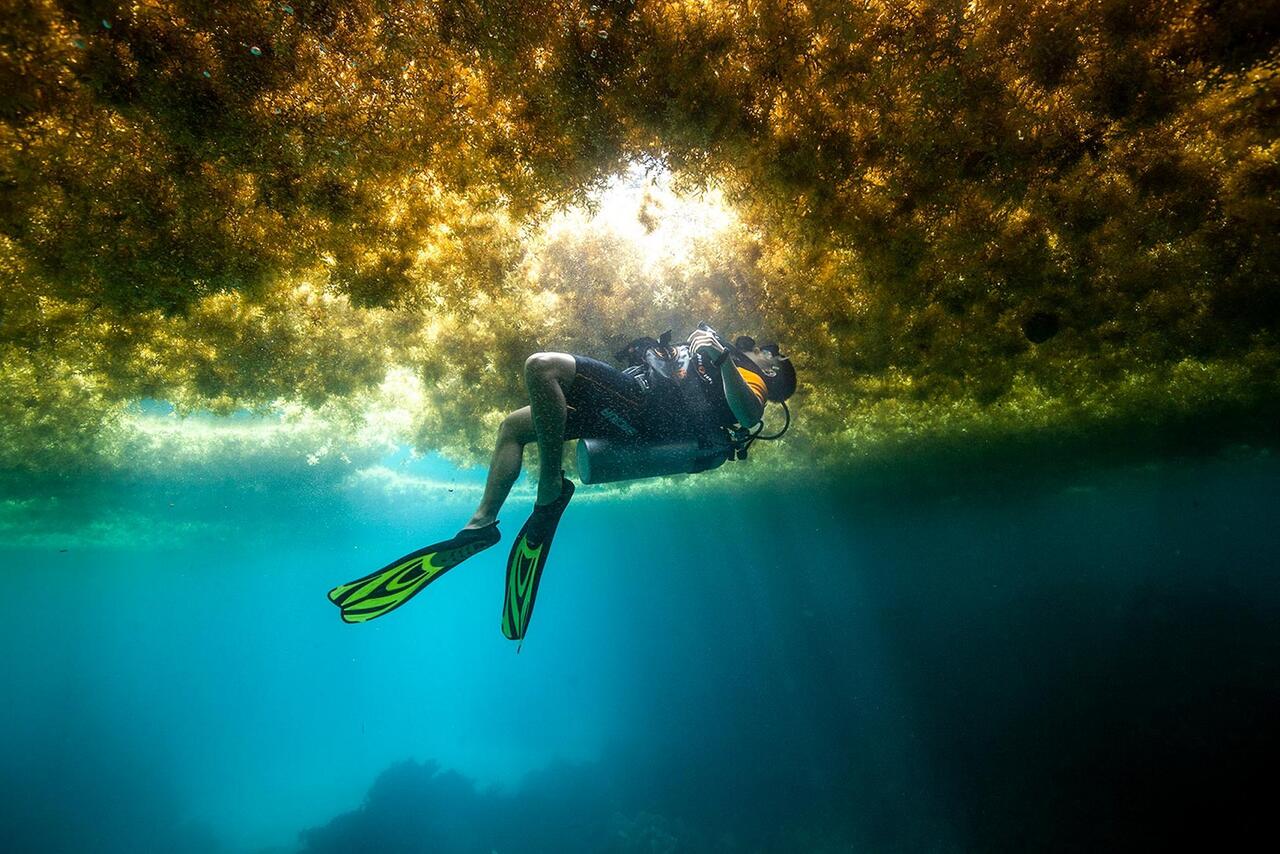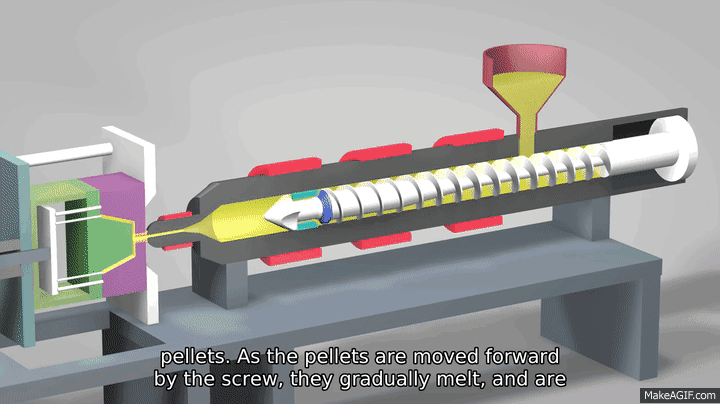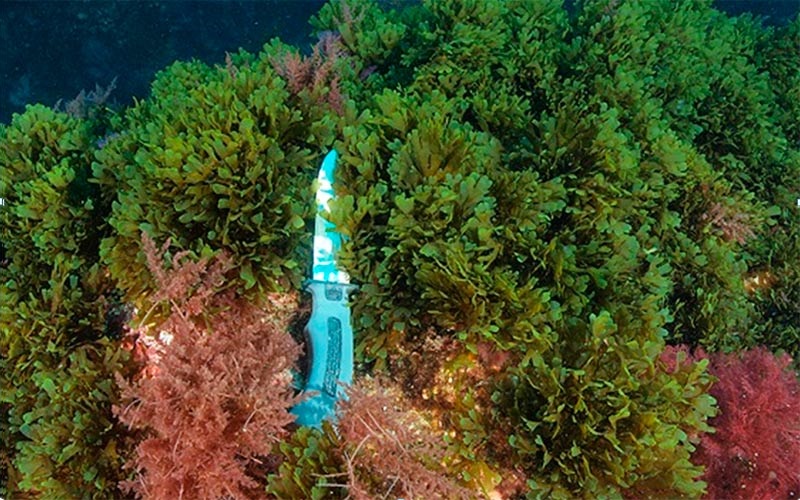Get out of my ocean.
Enter Santana et al, a bioplastics research team from Spain hoping to rid the Mediterranean of the invasive pacific seaweed Rugulopteryx okamurae. Let's take a quick look at their epic piece from 2022, which highlights their bioplastic production process.
Summary
Seaweed bioplastics have become a topic of hot discussion, but where can we get the seaweed from for these products? While some argue mariculture is our saviour, can collecting invasive species present an attractive alternative?

Santana et al. certainly think so in their rigorous paper published at the start of 2022. In their investigation, the team decided to harvest the invasive seaweed species Rugulopteryx okamurae from affected Mediterranean waters, freeze dry and mill it, before mixing it with the plasticiser glycerol. The resulting homogenous blend was eventually used for injection moulding at a mould temperature of 90, 120 and 150 ◦C.
If you were wondering what injection moulding looked like:

The experiment resulted in the creation of a nifty little bioplastic polymer which exhibited some appealing properties.
Various experiments showcased the new plastic's quality thermoplastic behaviour and decent mechanical properties. It appears that the higher the content of seaweed, the greater the viscoelastic properties, rigidity and resistance the bioplastics display. Thus, the sample with RO/Gly ratio of 70/30 displayed the higher values of those properties when compared to 50/50 or 60/40 ratios.
Is it functional? Not yet. The team states these properties need improving if it's to compete with readily available plastics in the market. They suggest further modifications could revolve around creating composites with other biodegradable polymers and further testing alternative processing methodologies.

It's an interesting paper, and I'm impressed by the rigour of their investigation. Due to it being highly detailed, we can easily follow their thought process. It's also extremely descriptive and takes ample opportunity to outline the reasoning behind the investigation which was refreshing.
It's certainly very relevant work. Nowadays we're seeing more and more governments seeking to remove invasive species and capitalise on seaweed stocks. What better way to make use of this biomass?
Want to get involved?
Contact us at peter@bluetechbase.com
Share this:
Tweet



